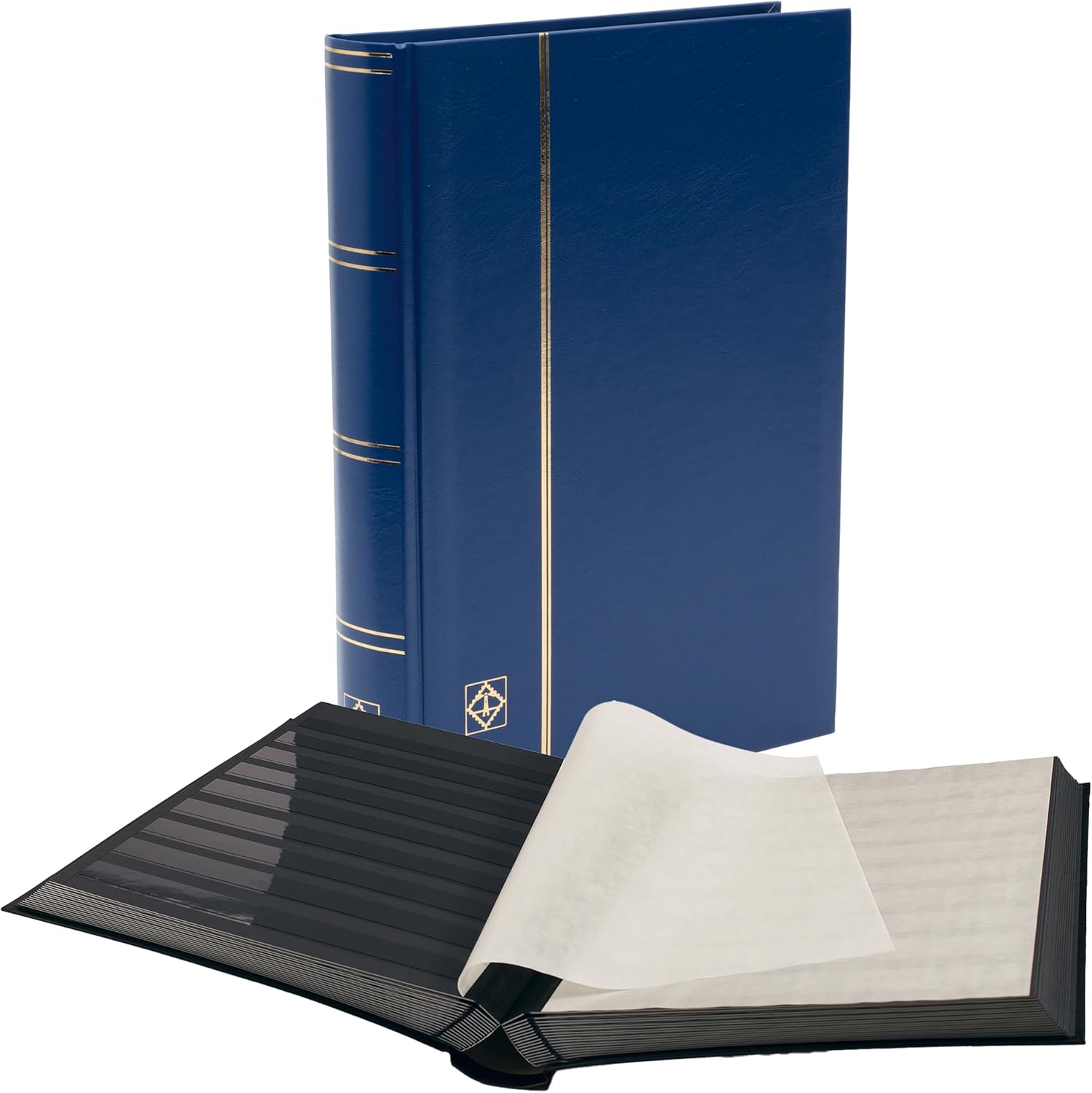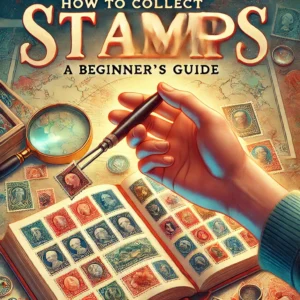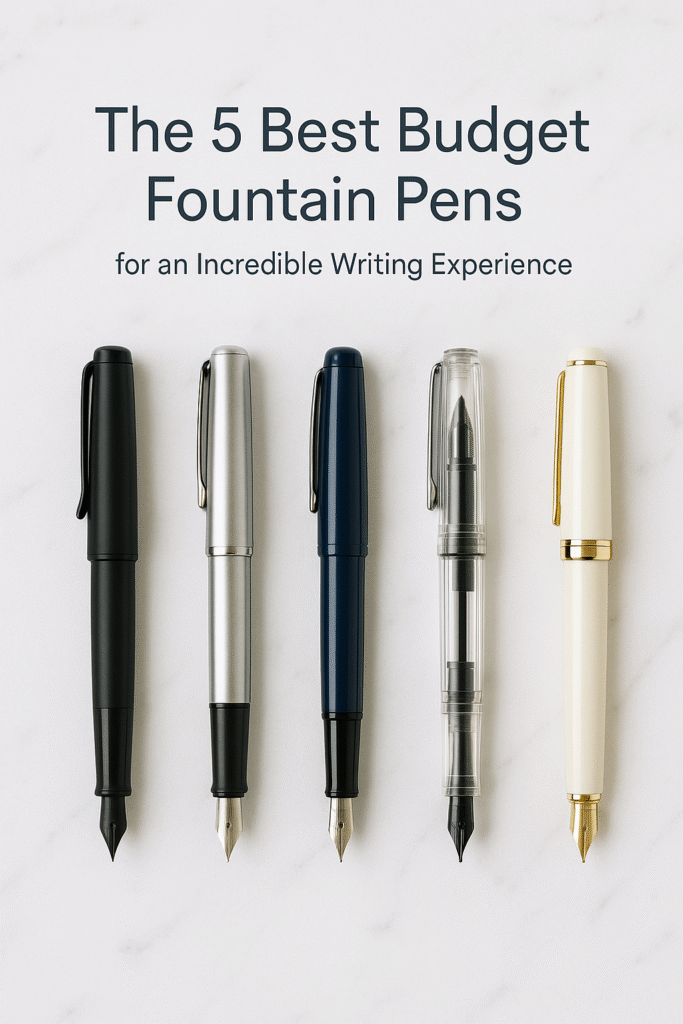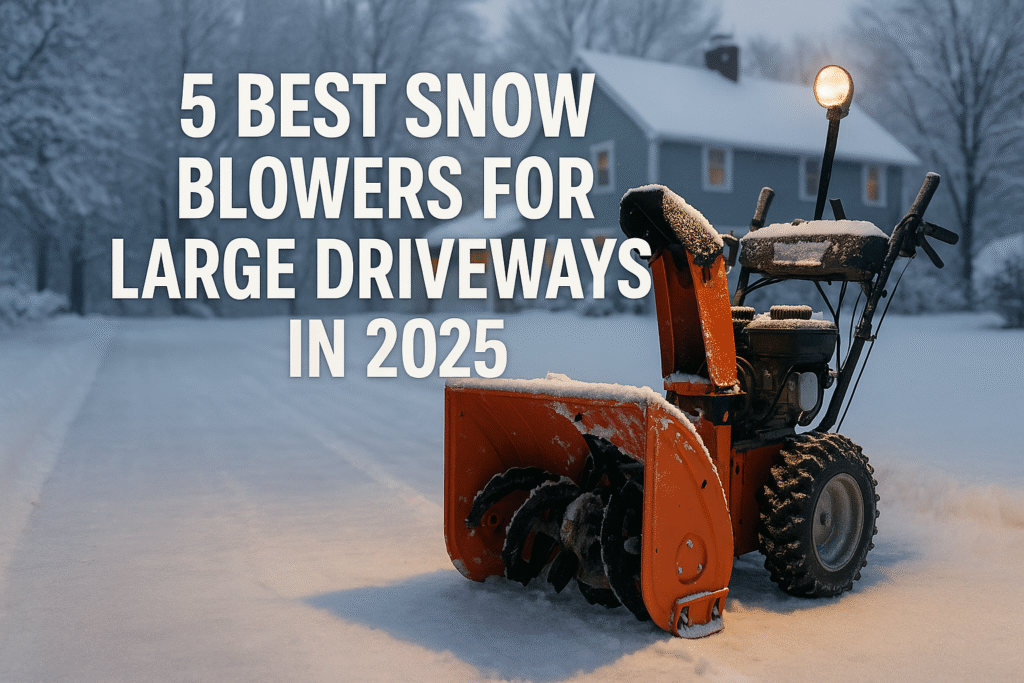How to Collect Stamps: A Beginner’s Guide
Welcome, future philatelist! You’re about to embark on a journey through time, art, and geography. In my twenty years of collecting, I’ve held miniature masterpieces and tangible pieces of history in my hands. This guide is everything I wish I had known when I started—a roadmap to one of the world’s most rewarding hobbies.
Why Collect Stamps? The Joy of Philately
Before we dive into the “how,” let’s talk about the “why.” To an outsider, collecting stamps might seem like an old-fashioned pastime. But once you begin, you realize it’s so much more than sticking paper in a book. For me, it started with a small bag of colorful stamps my grandfather gave me. I didn’t know what they were, but I was fascinated by the images of strange animals, faraway places, and historical figures. That fascination never left.
- A Connection to History: Every stamp tells a story. It commemorates an event, celebrates a culture, or marks a moment in time. Holding a stamp from the 1930s is like holding a direct link to that era. You’re not just a collector; you’re a curator of tiny historical documents.
- Art in Miniature: The level of detail and artistry on a one-inch piece of paper is astounding. From intricate engravings to bold, modern designs, stamps are a gallery of pocket-sized art you can own.
- A Relaxing Escape: In our fast-paced digital world, the slow, methodical process of sorting, identifying, and mounting stamps is incredibly mindful and relaxing. It’s a wonderful way to unplug and focus on something tangible and beautiful.
- Educational Journey: You will learn more about geography, history, science, and culture from collecting stamps than you ever thought possible. Every stamp is a research prompt, a rabbit hole of discovery waiting for you.
The Absolute Essentials: Your Stamp Collecting Starter Kit
Getting started doesn’t require a huge investment. In fact, you can begin with just a few key tools. Resista temptation to use your bare hands! The oils from your skin can damage stamps over time. Quality tools are a collector’s best friend. Here are the non-negotiables I recommend to every beginner.

1. Stamp Tongs
This is the most critical tool. Not tweezers! Stamp tongs have smooth, rounded tips that won’t damage delicate paper. They allow you to handle stamps safely without leaving fingerprints or causing creases.
Find Stamp Tongs on Amazon
2. Magnifying Glass
The beauty of stamps is in the details. A good magnifier (I suggest one with a built-in light) will reveal hidden microprinting, printing variations, and the fine details of the engraving that are invisible to the naked eye.
Shop Magnifiers on Amazon
3. A Stockbook
Before you get a permanent album, a stockbook is your best friend. It’s a book with pages containing clear strips to hold your stamps. It’s perfect for sorting and storing new acquisitions before you decide how to organize them.
Browse Stockbooks on AmazonExpert Tip: When you’re ready to create a more permanent, organized collection, you’ll want to invest in a good album. There are many types, from simple binders to illustrated country-specific albums. To learn more, check out our in-depth guide to the best stamp albums for every type of collector.
Where to Find Stamps: Your First Treasures Await
Now for the fun part: acquiring stamps! The thrill of the hunt is a huge part of the hobby’s appeal. You’ll be surprised at how many sources are available, many of them completely free.
1. Your Own Mailbox (Soaking Stamps)
The most accessible source is the mail you receive every day. Don’t throw away those envelopes! Soaking the stamps off the paper is a rite of passage for every collector.
- Trim the Paper: Cut out the corner of the envelope with the stamp, leaving a small border of paper around it. Be careful not to cut the stamp’s perforations!
- Soak in Water: Place the trimmed corner in a shallow bowl of lukewarm water (not hot!). The stamp should be face up. After 10-15 minutes, it should slide off the paper easily. Never pull it!
- Rinse and Dry: Gently rinse any remaining gum off the back of the stamp in clean water. Place it face down on a paper towel to dry. You can place another paper towel and a heavy book on top to ensure it dries flat.
- Store: Once completely dry (this can take several hours), you can place your new stamp in your stockbook with your tongs.
2. Friends, Family, and Local Businesses
Let people know you’ve started collecting! Ask friends, relatives, and even local businesses if they can save their used envelopes for you. You’ll be amazed at the variety of stamps you can get this way, especially from international mail.
3. The Post Office
To get stamps in perfect, “mint” condition, simply go to your local USPS post office. They have all the latest commemorative issues. Buying stamps directly is a great way to support the postal service and get beautiful, pristine examples for your collection.
4. Online Marketplaces and Dealers
Websites like eBay, HipStamp, and the American Philatelic Society (APS) StampStore are treasure troves. You can buy individual stamps, sets, or “kiloware”—large mixtures of stamps sold by weight. A word of caution for beginners: Start small. Buy from sellers with high ratings and clear photos. It’s easy to get carried away, so set a budget.
5. Stamp Shows
Attending a stamp show is an incredible experience. It’s a chance to see millions of stamps in one place, meet experienced dealers, and connect with other collectors. You’ll find tables (called “bourse”) piled high with albums and boxes to dig through. It’s the best way to learn quickly and find unique items.
Understanding Your Stamps: A Mini-Glossary for Beginners
As you collect, you’ll encounter new terminology. Don’t be intimidated! Here are the core concepts you need to know. Understanding these will transform you from someone who saves stamps into a true philatelist.
- Mint vs. Used: Mint stamps are unused, in the same condition as when sold at the post office, usually with their original gum on the back. Used (or cancelled) stamps have been through the mail and have a postmark on them. Neither is inherently “better”; many people collect one or the other, or both!
- Perforations (“Perfs”): These are the small holes between stamps that make them easy to tear apart. The number of perforations in a 2-centimeter span is a key identifying feature. A perforation gauge is used to measure this. Two stamps that look identical can be different, rare varieties based solely on their perforations.
- Gum: The adhesive on the back of a mint stamp. The condition of the gum is critical to the value of a mint stamp. “Mint Never Hinged” (MNH) means the gum is in its original, untouched state and is the most desirable.
- Cancellation: The ink mark applied by the post office to show a stamp has been used. Some cancellations are rare and collectible in their own right. A heavy, ugly cancellation that obscures the stamp’s design is less desirable than a light, neat one.
- Watermark: A design pressed into the paper during manufacturing to deter forgery. Some stamps have them, some don’t. You can often see them by holding the stamp up to a light or placing it in a special watermark detecting fluid.
- Commemorative vs. Definitive: Definitives are the workhorse stamps used for everyday mail, often printed for many years (like the flag stamp). Commemoratives are larger, more colorful stamps issued for a limited time to honor a specific person, place, or event.
Starting Your Collection: How to Choose Your Path
The thought of collecting “all the stamps in the world” is impossible. The secret to long-term enjoyment is to find a focus. By narrowing your scope, you make your goals achievable and your collection more meaningful.
Topical (or Thematic) Collecting
This is the most popular way to start. You simply collect stamps that feature a specific subject. The possibilities are endless! Love cats? There are thousands of stamps featuring felines. Fascinated by space exploration? You can build an entire collection documenting the space race.
Popular topics include:
- Birds, butterflies, or any animal
- Flowers and plants
- Space, rockets, and astronomy
- Sports and the Olympics
- Ships, trains, or airplanes
- Famous paintings or artists
- Cartoons or historical figures
Country Collecting
Another classic approach is to focus on stamps from a single country. Many U.S. collectors start by collecting only United States stamps. It gives you a deep appreciation for your own country’s history and culture. Or you could choose a country you have heritage from or one you’d love to visit.
Caring for Your Collection: Preservation is Key
Your stamps can last for centuries if cared for properly. The main enemies of a stamp collection are light, humidity, and extreme temperature changes. An attic or a damp basement is the worst possible place to store your collection.
Find a spot in your home with a stable, cool, and dry environment. A bookshelf in a living room or office is perfect. Store albums upright, like books. Use the tools mentioned earlier (tongs!) every single time you handle your stamps. This simple discipline will protect your collection’s condition and value for years to come. In my early days, I creased a beautiful 19th-century stamp by being careless, a mistake I’ve never forgotten. Learn from my error!
Frequently Asked Questions (For the Curious Beginner)
Is stamp collecting an expensive hobby?
It absolutely doesn’t have to be! You can build a fascinating collection for very little money by swapping with friends and soaking stamps from mail. The cost is entirely up to you. You can enjoy the hobby for pennies a day or choose to invest in rarer, more expensive items as your knowledge grows.
How much is my collection worth?
This is the number one question people ask. The honest answer for 99% of collections is: not as much as you might hope. Most used stamps, especially modern ones, are worth only a few cents. Value is determined by rarity, condition, and demand. A stamp’s catalog value is an indicator, but it’s not what a dealer will pay you. Collect for the love of the hobby, not as a financial investment.
How do I know if a stamp is rare?
True rarity comes from low print numbers or a high number of stamps being lost to time. Sometimes, printing errors (like the famous “Inverted Jenny” airplane stamp) create a rare variety. Identifying these requires specialized knowledge and reference catalogs like the Scott Specialized Catalogue of United States Stamps. For a beginner, focus on learning and enjoying the common stamps first. The knowledge of rarity will come with experience.
Should I use hinges or mounts?
Hinges are small, folded pieces of glassine paper that attach a stamp to an album page. They are inexpensive but can leave a mark on the stamp’s gum, reducing the value of a mint stamp. Mounts are clear plastic sleeves that hold the stamp and are attached to the page. They cost more but provide superior protection and don’t disturb the gum. My advice: Use hinges for common used stamps and invest in mounts for any mint stamps or more valuable used stamps.
Your Philatelic Journey Begins Now
You now have the knowledge to start one of the most enriching hobbies on the planet. Don’t feel pressured to know everything at once. The journey of a thousand stamps begins with a single one. Pick a theme that excites you, grab your tongs, and look closely at the next piece of mail you receive. You might be holding your very first treasure.
Welcome to the club. Happy collecting!


